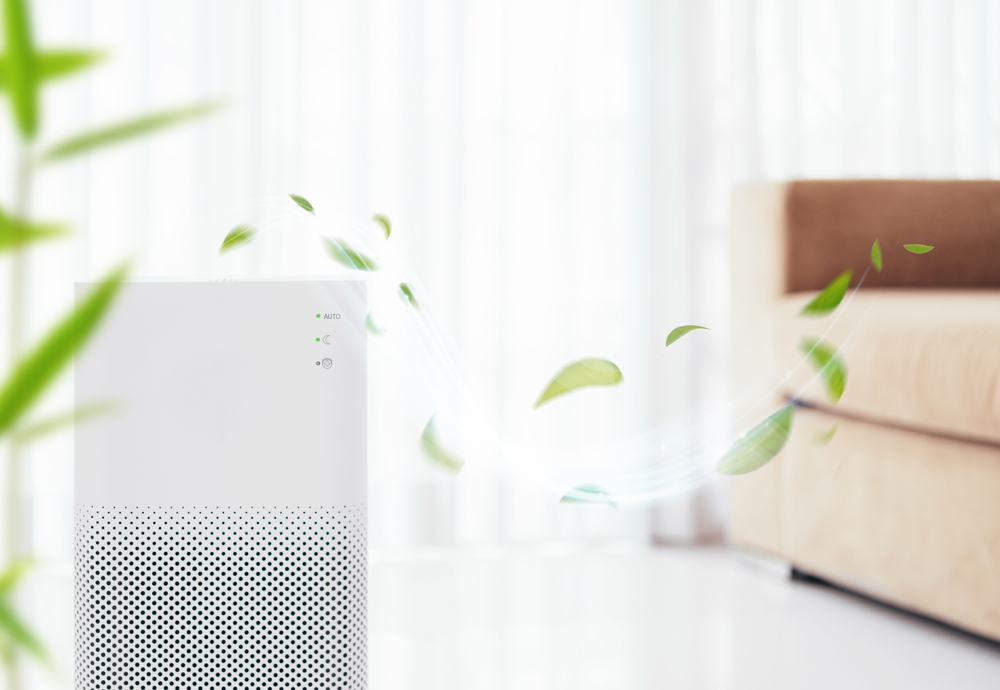In the quest for a healthy and comfortable living environment, indoor air quality plays a crucial role. Yet, many are unaware of the silent culprits lurking within their homes: air pollutants.
From dust and pollen to mould spores and pet dander, indoor air can harbour a myriad of contaminants that adversely affect our health and well-being.
Vortex Air explores the most common air pollutants found in homes and shares expert advice on effective methods for their removal, empowering you to breathe easy and enjoy cleaner, fresher air indoors.
Understanding Indoor Air Quality
Indoor air quality refers to the cleanliness and purity of the air within indoor spaces, such as homes, offices, and schools. Poor indoor air quality can have significant implications for health, exacerbating respiratory conditions, triggering allergies, and contributing to a range of adverse health effects. Common pollutants found in indoor environments include:
Dust
Comprising a mixture of particles from various sources, including skin cells, fabric fibres, and outdoor pollutants, dust can accumulate on surfaces and become airborne, leading to respiratory irritation and allergies.
Pollen
Pollen particles from outdoor sources can infiltrate indoor spaces through open windows and doors, triggering allergic reactions in susceptible individuals.
Mould Spores
Mould growth in damp or poorly ventilated areas can release spores into the air, posing health risks such as allergic reactions, asthma exacerbation, and respiratory infections.
Pet Dander
Shed skin cells, fur, and saliva from pets can contribute to indoor air pollution, particularly for individuals with pet allergies or asthma.
Volatile Organic Compounds (VOCs)
VOCs are chemicals emitted by various household products and materials, such as paints, cleaning agents, and furnishings. Prolonged exposure to VOCs can cause respiratory irritation, headaches, and other health effects.
Tobacco Smoke
Secondhand smoke from cigarettes contains numerous harmful chemicals and particulate matter, posing serious health risks to occupants, especially children and non-smokers.

Vortex Air’s Expert Tips for Reducing Indoor Air Pollution
Regular Ventilation
Ensure adequate ventilation in your home by opening windows and doors to allow fresh air to circulate. Use exhaust fans in kitchens and bathrooms to remove moisture and odours, reducing the risk of mould growth and improving air quality.
Air Purification Systems
Invest in air purifiers equipped with HEPA filters to remove airborne particles and pollutants from indoor air. HEPA filters are highly efficient at capturing microscopic particles, including dust, pollen, mould spores, and pet dander, providing cleaner and healthier indoor air.
Humidity Control
Maintain optimal indoor humidity levels (between 30% and 50%) to prevent mould growth and minimise allergen exposure. Use dehumidifiers in damp areas, such as basements and bathrooms, to reduce moisture levels and inhibit mould proliferation.
Regular Cleaning
Adopt a regular cleaning routine to remove dust, dirt, and other pollutants from surfaces and furnishings. Vacuum carpets and upholstery with a HEPA-filtered vacuum cleaner, dust and mop floors, and launder bedding and curtains regularly to minimise allergen accumulation.
Vortex Air says, “Addressing indoor air pollution is a critical step towards creating a healthier and more livable home environment. By understanding the sources of indoor air pollutants and adopting effective strategies for their removal, you can safeguard your health and enjoy cleaner, fresher air indoors, enhancing your overall quality of life.”





